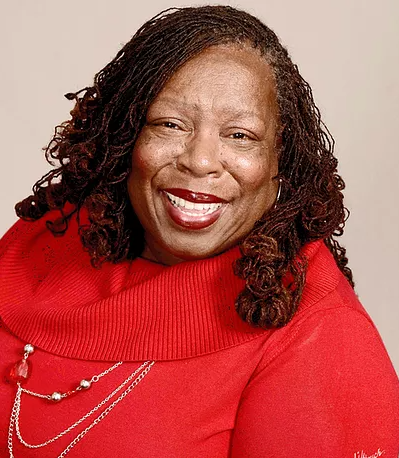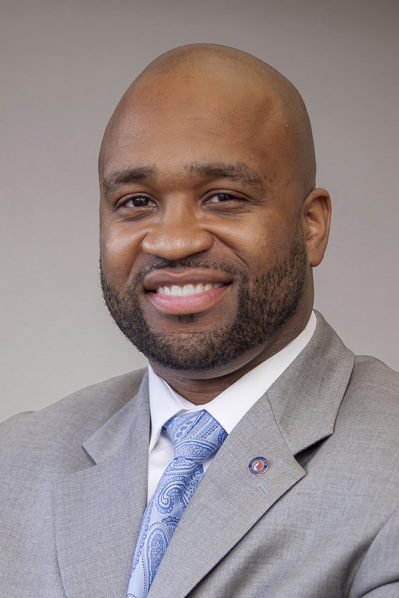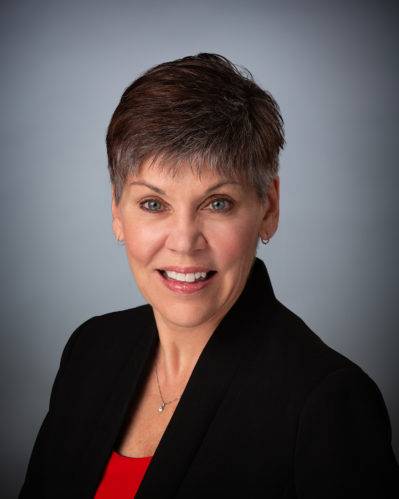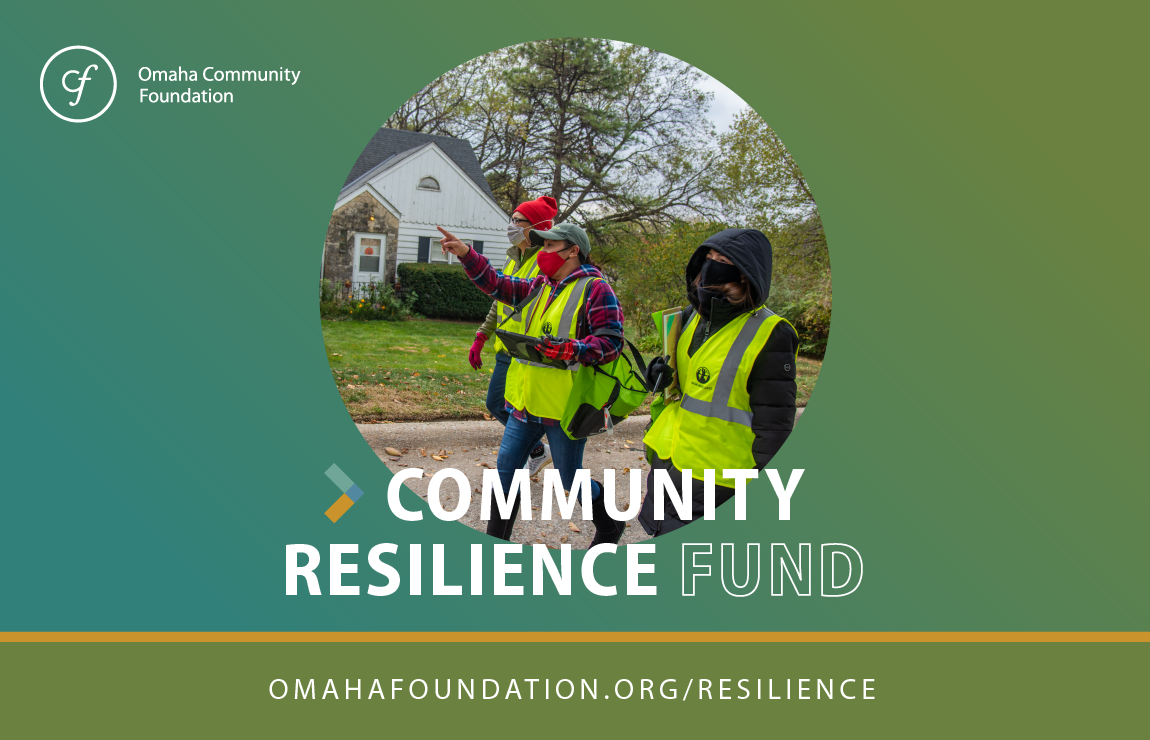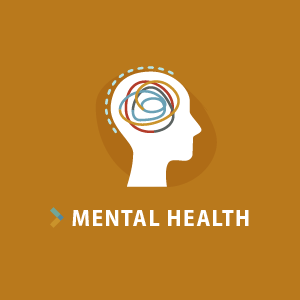Since the pandemic began, anxiety and depression rates have quadrupled, according to Deb Anderson, deputy director of Project Harmony.
“The average rate that people experience depression or anxiety, both nationally and in Nebraska, is 8 percent,” she said. “We are now at 32 percent.”
Mental health is one of the five focus areas of our Community Resilience Fund. Launched earlier this month, the fund is dedicated to supporting local nonprofits serving communities disproportionately affected by COVID-19. Anyone can donate.
To meet the increased need, Project Harmony has contracted with over 80 therapists in the community to match children who are referred to them through their school-based mental health programs and the state’s child abuse hotline.
Doris Moore, founder and CEO of the Center for Holistic Development, noted a 50 percent increase in requests for services. This year, the organization added virtual support groups to their offerings to meet the higher demand.
“We need to figure out ways to be more creative because some people don’t have the tools in their toolbox that they need,” Moore said, adding that there has been an uptick in untreated depression, anxiety, loneliness, and higher rates of substance abuse.
COVID-19 has also exacerbated disparities in Black communities, and the adverse effects of the pandemic have been compounded by racial unrest and trauma. This puts communities of color in a precarious position.
“There is PTSD that is connected to the social injustices that have been happening at the same time as COVID,” Moore said. “It’s not just one thing, and you deal with that – it’s all combined.”
Child Abuse Reports Are Up Since Schools Reopened
February 2020 was one of the busiest months for calls to the child abuse hotline and mental health referrals for children within the Omaha metro. Once the pandemic hit and schools closed, those calls dramatically decreased because teachers are the number one reporters of child abuse.
“Our worry,” Anderson said, “was that now children were in an environment where they could be with their abuser and couldn’t get away.”
Now that schools have reopened, those calls are beginning to increase again.
“We’re seeing more severe sexual abuse calls and more severe domestic violence calls,” Anderson said. “Because of this, we expect an increase in mental healthcare needs.”
Kenny McMorris, CEO of Charles Drew Health Center, adds there are a lot of kids—primarily adolescents—who haven’t come back to school.
“We don’t know where they are,” he said. “There’s work we need to do as a community to get these kids back to the classroom.”
Child abuse professionals are struggling, too.
“Their workload is going way up, the work is stressful,” Anderson said, “and the turnover rate is extremely high. The worry is that people can get a job at Costco and get paid more than they do. They need more money and our support.”
Vulnerable Community Members Are Seeking In-Person Care
The nonprofits we spoke with all agree that our more vulnerable community members prefer in-person care over telehealth services. The African American clients served at the Center for Holistic Development prefer to come into the office for therapeutic services.
“Many people are looking for that face-to-face interaction with their therapist—and that’s a big part of their recovery,” Moore said.
The same goes for youth and children who often do not have a space at home where they can talk privately. McMorris echoes that in-person services are preferred by Charles Drew clients, which include African Americans, refugees and immigrants, children, and unhoused people.
One of the challenges nonprofits speak about is finding the right type of professional to help each person’s unique and often intersectional needs at a time that the client is available for services, then making sure services are nearby or that transportation is available for them. Project Harmony, for example, helps to coordinate transportation for students to therapy appointments.
“We’re finding that families would prefer in-person therapy, and not everyone has done well with telehealth,” Anderson said.
It’s Time to Invest in Workforce & Infrastructure
Nonprofits speak to the significant work needed to build the mental healthcare workforce and reimagine infrastructure within our community. Representation matters within therapeutic services, and right now, there are not enough qualified therapists who look and sound like the people they serve.
“Our therapists are from the community because it releases anxiety when the people who offer services look like the people they’re serving,” McMorris said.
Anderson echoed this thought, saying, “I want to see more people getting qualified to provide services—more genders, races, and ethnicities. We need that.”
The American Psychological Association found that, of psychologists in the United States workforce, only 4 percent are Black. The profession is 86 percent white.
Charles Drew Health and the Center for Holistic Development have added Behavioral Health Navigator roles to their staff, who help pave the way for clients to receive services. These new roles don’t require licensure and can be filled by people with personal experience and connections within the communities they serve.
Anderson added that a school-based mental health coalition is needed long-term. Project Harmony is looking at ways to collaboratively share data across organizations to better understand the impact the community is making on mental health collectively.
Additionally, she sees a need for training and technical assistance about trauma for teachers and faculty within schools.
“Teachers need to know what to do with this kid who has symptoms of trauma and is acting out,” she said.
Looking at the system, our community needs to be ready to offer services when people are prepared to seek them.
“We talk about ‘right care, right place, right time’ being so important when it comes to behavioral health,” McMorris said. “And that’s what we’re dealing with now with the workforce and capacity issues.”
